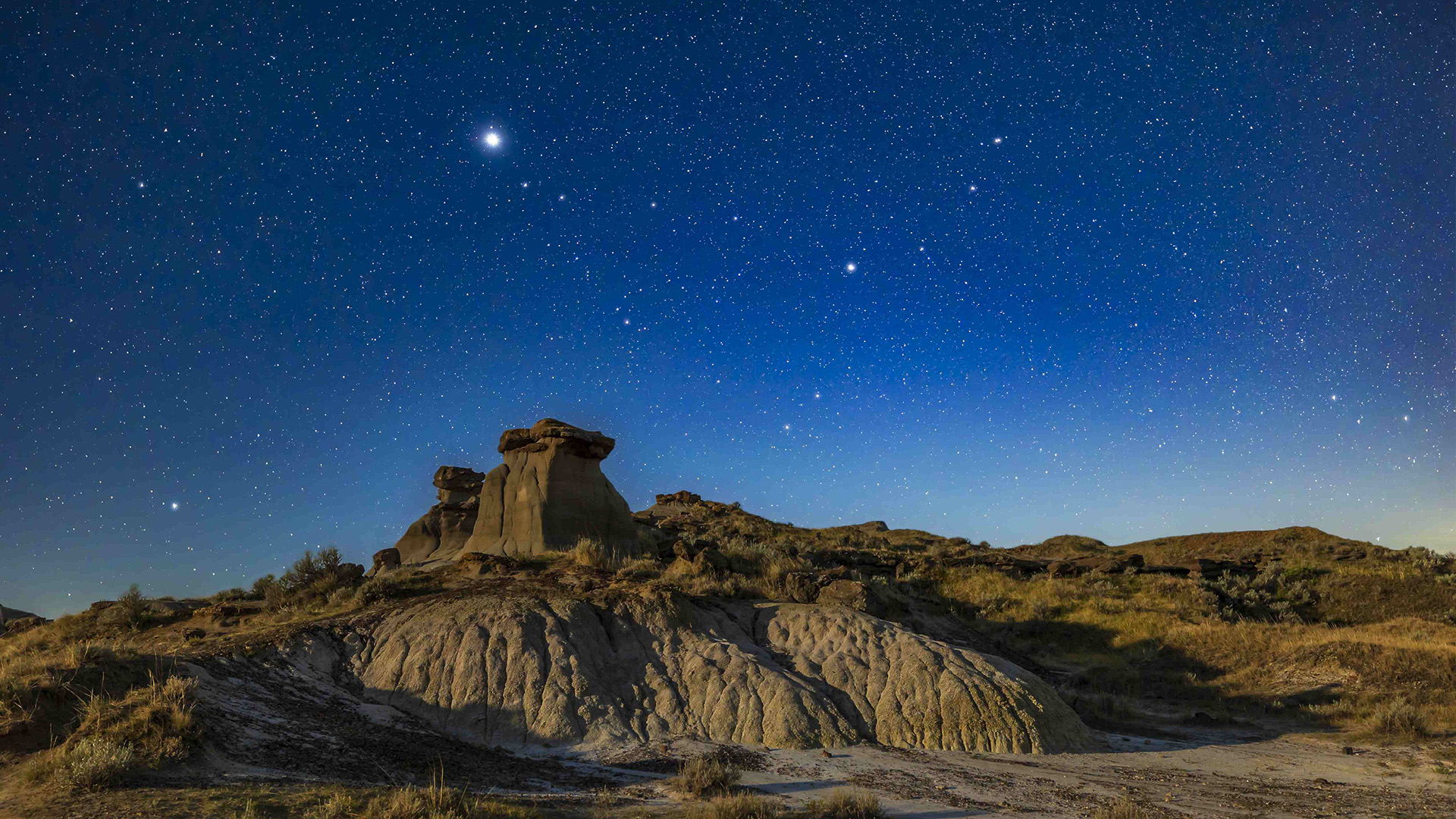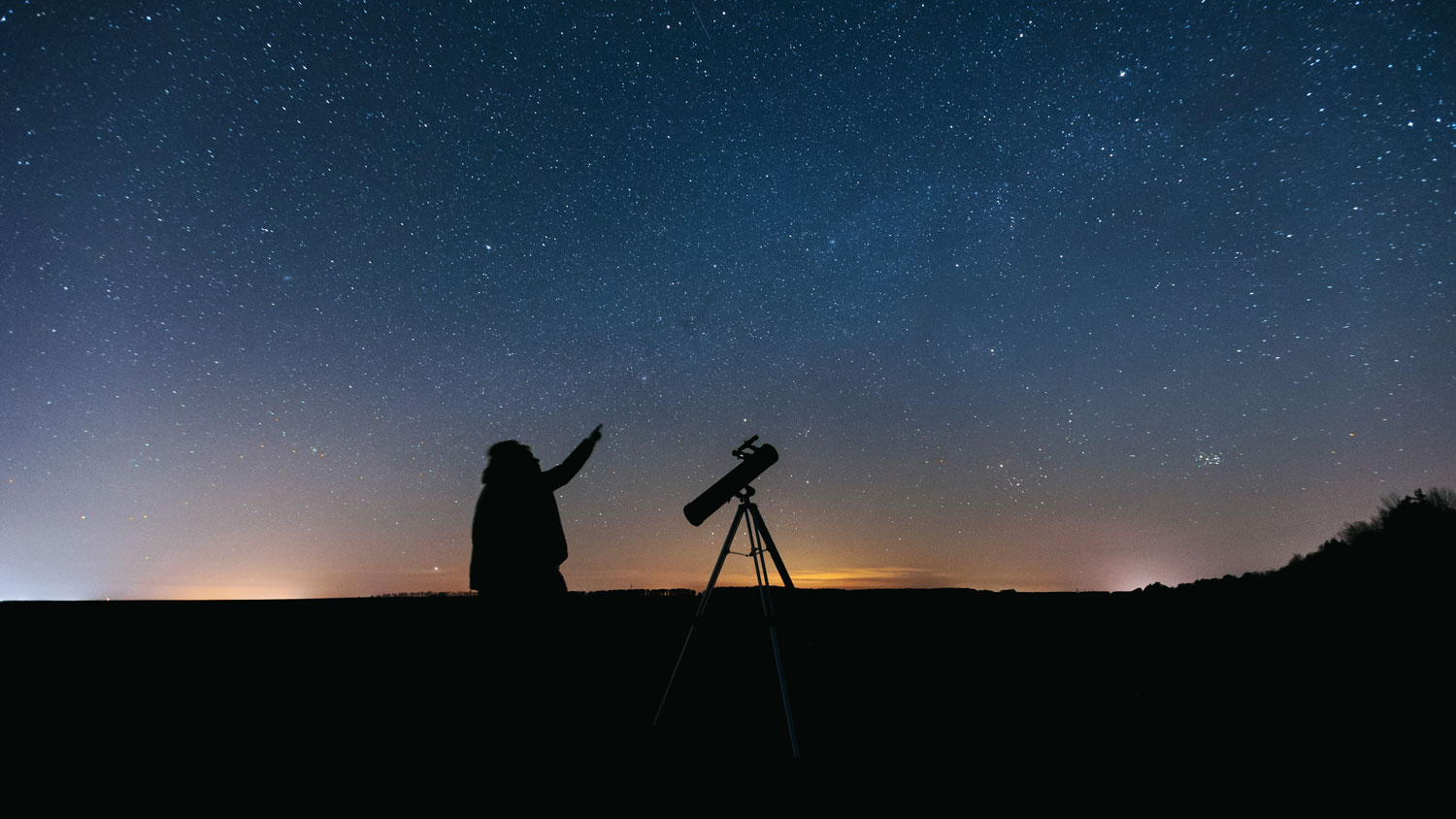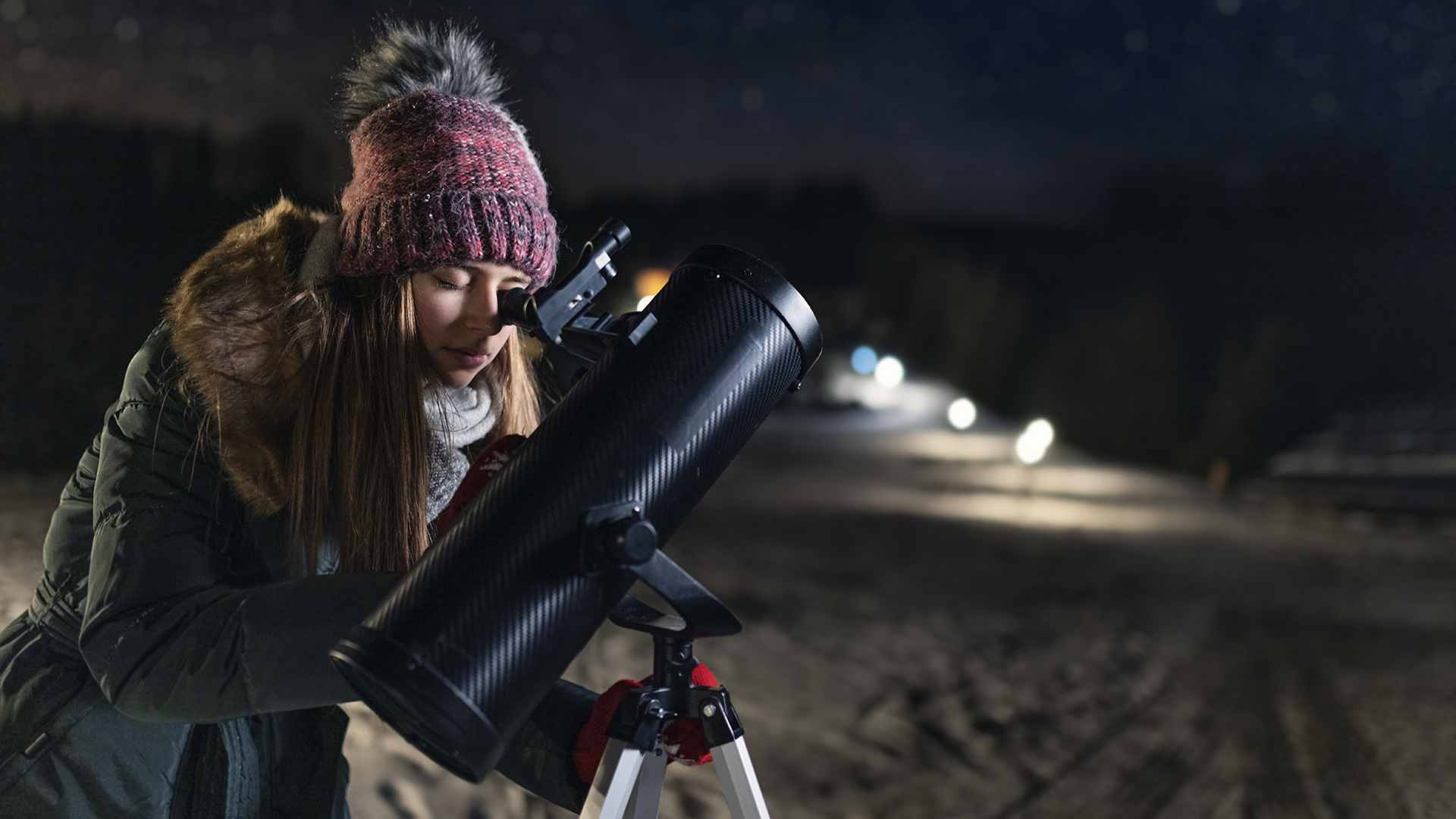

Everyone knows the nativity story about the three wise men who followed a bright star in the east. Go outside after sunset this month and look to the east, and yes, there it is – the Star of Bethlehem! The Christmas Star! Or is it?
That bright light high above the eastern horizon is, in fact, the planet Jupiter. It’s now about as bright as it ever gets, and it dominates the night sky. It outshines everything except Venus, the moon and the sun. Is its presence a coincidence? Could it be the inspiration for the ‘real’ Star of Bethlehem? Here’s precisely what’s going on with the bright ‘star’ in the east – and how you can see it at its best.
What is the Star of Bethlehem or Christmas Star?
The story of the Star of Bethlehem comes solely from the Gospel of Matthew, the first book of the New Testament. It tells of a star that leads the three Magi to the birthplace of Jesus in Bethlehem, where they give him gifts. This story was written in about 80 A.D.
Star of Bethlehem: astronomical explanations
The story implies some miraculous appearance of a star in the east. It could, of course, be entirely fictional. But stars do always appear in the east. The Earth rotates from west to east, so stars rise in the east and set in the west, as does everything in the night sky – including the sun and the planets.
Star of Bethlehem: a comet?
Comets are balls of ice and rock that randomly appear in the inner solar system and are occasionally bright enough for us to see from Earth with the naked eye. It’s possible that Halley’s comet was in the night sky around the year 12 B.C. However, comets are usually only seen around sunrise and sunset because they’re close to the sun. So it’s possible that a comet was shining brightly in the east after dark for a few weeks.
Star of Bethlehem: a supernova?
A supernova is when a star explodes, shining exceptionally brightly for a few days or weeks and pushing its outer layers into space before disappearing from view forever and leaving just a nebula as a remnant. Supernovas are rare, so much so that the last one seen in the Milky Way galaxy from Earth was Kepler’s Supernova (links to Wikipedia) in the 17th century. However, if it did happen back then, it could have been seen even in the daytime sky for a short period. No supernova remnant dating back two millennia has ever been found.

Star of Bethlehem: a conjunction of planets?
A conjunction is when two bright objects in the night sky appear very close. Was the Star of Bethlehem a conjunction of two planets? If it was, it likely involved either or both of the brightest planets, Venus and Jupiter.
Sign up to the T3 newsletter for smarter living straight to your inbox
Get all the latest news, reviews, deals and buying guides on gorgeous tech, home and active products from the T3 experts
Since Venus is an inner planet to Earth, it’s only ever visible in the west just after sunset or in the east just before sunrise. Meanwhile, Jupiter is at its brightest when it’s an opposition – when Earth is between it and the sun. That happens every year and puts Jupiter at its brightest in the east.
Since Jupiter takes 12 years to orbit the sun, once every 12 years, it looks its most brilliant and best during December. It was actually in opposition on 3 November 2023, but at that point, it rose at sunset. A month or more later, it comes to prominence.
How to find your own ‘Star of Bethlehem’
Anytime in December 2023 when there’s a clear sky, go outside and look towards the east. If you don’t know what direction that is, think about where the sunset happened. It will be opposite that point. Or use the compass app on your smartphone. Once you’ve found east, look up, and you’ll see a bright star dominating the night sky.
Star of Bethlehem: observation tips and equipment

Although you can look at Jupiter with your naked eyes, there are a few reasons to study it with the best telescopes or best binoculars.
A pair of 8x42 or 10x50 binoculars will get you a view of Jupiter’s bright disk and its four moons (Ganymede, Callisto, Europa and Io); any telescope – even one of the best telescopes for beginners – will afford you excellent views of the giant planet.
According to Celestron (external link), a refractor telescope with an aperture of 60mm to 90mm (2.3 inches to 3.5 inches) is the best choice for beginners to see Jupiter’s moons and the planet’s cloud belts and zones. However, it recommends larger 100mm to 355mm (4 to 14 inches) and telescopes to get 150x magnified views of its belts and the famous Great Red Spot storm. That means Maksutov-Cassegrain and Schmidt-Cassegrain telescopes.
Whatever its astronomical (or otherwise) origin, the appearance of a bright ‘star’ in the east during the holiday season holds great historical and religious significance. However, if you’re after spectacular sights that change how you think about life, the universe and everything, all you need to do is go outside and get stargazing.
Liked this?
Jamie is a freelance journalist, copywriter and author with 20 years' experience. He's written journalism for over 50 publications and websites and, when he's not writing, spending most of his time travelling – putting the latest travel tech through its paces.